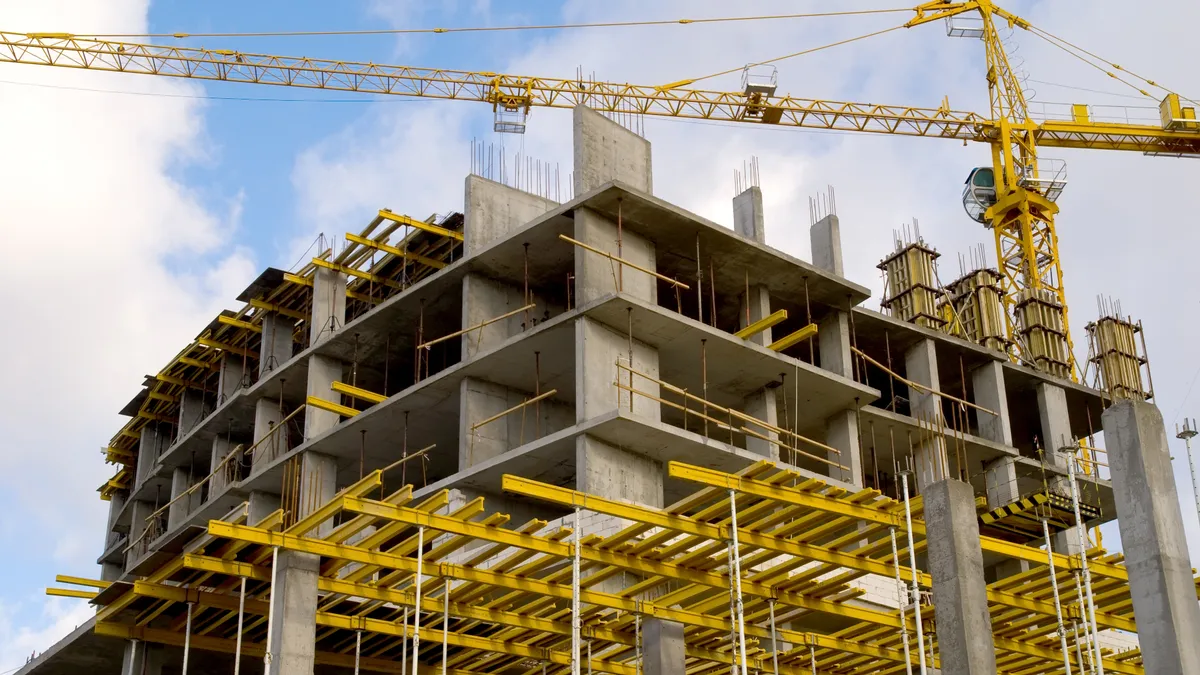Okland Construction uses BIM technology to win more work and be more competitive. But the tech-forward company has found that the benefits of BIM extend into another area that all construction firms grapple with every day — site safety.
Construction-injury statistics are sobering. In fact, the total costs of fatal and nonfatal injuries in the construction industry are estimated to be more than $11 billion — 15% of the costs for all private industry. The average cost per case of fatal or nonfatal injury is $27,000 in construction, almost double the per-case cost of $15,000 for all industries. Furthermore, one in every 10 construction workers is injured annually, and construction has nonfatal injury rates that are 71% higher than any other industry, according to figures from the National Institutes of Health.
Clearly, the industry needs to do better ensuring job-site safety — and more companies such as Okland are discovering that using BIM construction technology is a good place to start.
How BIM Made Okland Safer
Blake Rawlings, Okland’s integrated construction team manager, has seen firsthand how BIM can be leveraged to mitigate specific hazards and plan safer logistics for the entire project.
For example, Okland used BIM modeling on a large hospital project to build pre-manufactured, shared rack systems for heating, cooling, plumbing and other equipment that could be assembled on the ground and then hoisted into place at the job site.
Rawlings said the pre-manufacture of those rack systems not only reduced field construction time but also made the site safer. “Everything was built on the ground, so we had fewer people on ladders and things up in the ceiling. That alone increased our safety,” he said.
Research Shows BIM Improves Safety
Studies back up Rawlings’ experience with how BIM enables project teams to incorporate safety more effectively into planning. That’s why many look to model-based processes to improve safety — and leveraging BIM technology for safety planning and training.
Indeed, safety is critically important to contractors and owners. Consider results from the Dodge Data & Analytics SmartMarket Report: Measuring the Impact of BIM on Complex Buildings:
- 21% of respondents who do more than half their work with BIM said they experienced a high or very high effect on safety.
- 37% — more than a third — of owners and contractors reported more than a 5% reduction in reportable incidents.
- 12% cited more than a 10% reduction in reportable incidents.
Another study from Dodge Data & Analytics: Leading the Future of Building: Connecting Design and Construction showed:
- 27% of architects and GC/CMs saw improved overall project safety as a result of using BIM.
- 24% of MEP trades said BIM improved safety during installation.
How Leading Companies Are Reducing Injuries With BIM
Some of the industry’s largest companies use BIM to improve safety practices — and reduce injuries, the report goes on to say. For example:
- Turner Construction uses BIM as a tool for automated safety logistics checks and to prevent safety incidents. The company uses the 3-D modeling of BIM to run through all construction and installation details before crews go to the site.
- Skanska has found BIM to be an effective way to eliminate risks to welders. The company uses its BIM modeling to detail concrete and steel so accurately that the team can cast the imbeds and the attached beams four levels up without a worker needing to go up an elevator shaft to weld it.
- Lend Lease uses safety models during trade buyouts to model and sequence safety and show how to integrate those models into the workflow.
As more companies discover how BIM-related technology can reduce worksite injuries, its use will continue to gain traction. “It allows us to identify issues early,” Rawlings said. “We have a better plan for work that's going in. It frees up our superintendents, and it frees up our project managers to do their job — scheduling work and managing safety.”






